In August, Omega Plus and Dan Tri Publishing House jointly published Hawking Hawking - The Story of a Scientific Legend by author Charles Seife, translated by Duong Quoc Van.
The book was rated as one of the ten best biographies of 2021 by Prospect Magazine .
The work consists of 3 parts: Ringing - Collision - Inspiration , a total of 17 chapters, about the life and career of Stephen Hawking (1942 - 2018).
The book is for those interested in the world of physics, especially theoretical physics, and above all, those interested in Hawking.
Famous British physicist and professor Stephen Hawking was admitted to Oxford University at the age of 17. During his three years of study and research there, Hawking said he only studied about 1,000 hours, which means only about one hour a day.
In 1963, when he was just 21 years old and in graduate school, Hawking was diagnosed with amyotrophic lateral sclerosis - a disease that destroyed the body's nervous system and left him paralyzed.
Doctors said he would only live two more years. However, the disease he suffered from developed more slowly than normal, allowing him to live for more than half a century, becoming the king of physics with brilliant scientific achievements.
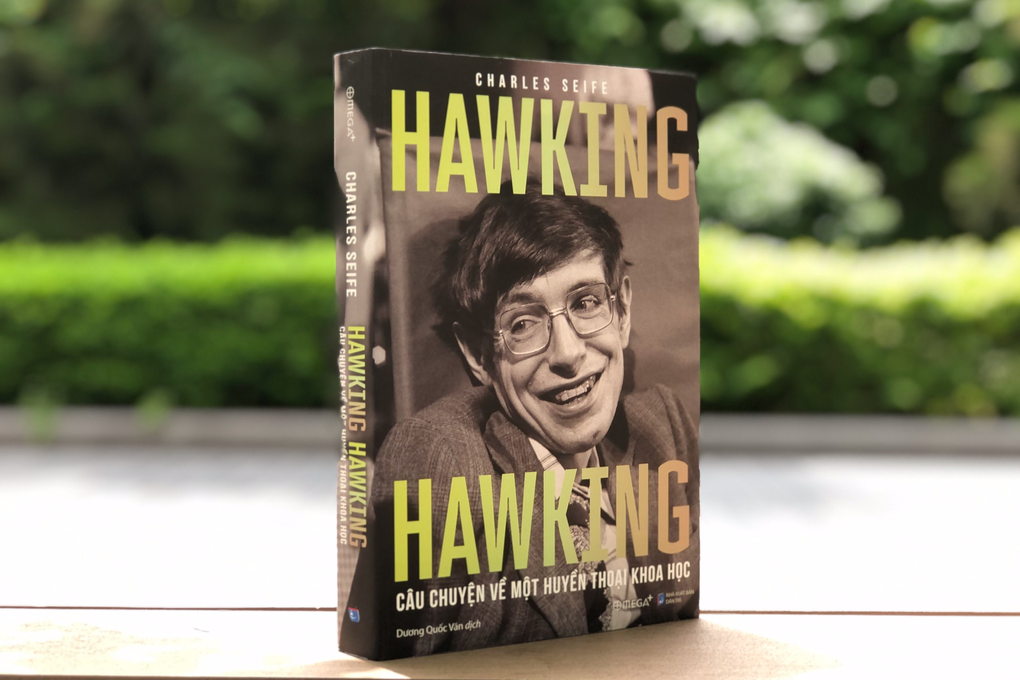
Cover of the book "Hawking Hawking - The Story of a Scientific Legend" (Photo: Omega Plus).
With rich resources and a sharp, time-lapse writing style, in Hawking Hawking: The Story of a Scientific Legend , Hawking emerges in his most complete form.
"A real human being: hot-tempered, arrogant and ruthless, yet warm, witty and intelligent. Complex. Charismatic. Extraordinary."
To understand Hawking, the reader must turn back the clock. During the last third of his life , Hawking became the world's most famous living scientist. But that fame had little to do with his actual scientific contributions.
Hawking's research during his most famous years was largely discounted and had little lasting impact on the world of physics.
He was like a fallen star: the space around him shone brightly with his energy. But in essence, he was only a pale reflection of what he had been before.
Not long before , Hawking was a supernova. The middle third of Hawking's life was a spectacular and brilliant turning point.
During those two decades, he transformed himself from an obscure physicist working with colleagues (and rivals) to understand the properties of the early universe into an international celebrity.
As the smartest man in the world, a scientific phenomenon like the Beatles in music , it was a sudden transformation that was both incredibly satisfying and incredibly painful for Hawking.
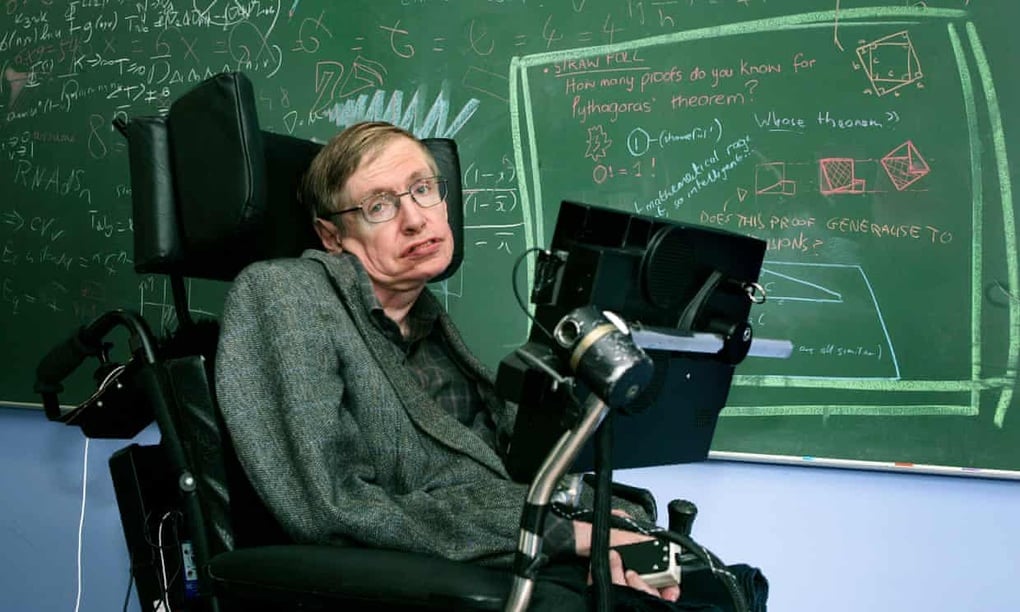
Stephen Hawking in his office at Cambridge University, 2005 (Photo: The Guardian).
Before he achieved status and fame , the real man behind the legend emerged clearly. The reverse flow of time slowly restored Hawking to his original brilliance.
By traveling back to Hawking's youth, readers can understand how the man acquired and formed important scientific insights, from which he made a name for himself.
Readers can also realize the essence of the need to become a famous science communicator.
And, readers can understand the mortal fear of a young man racing to build a legacy—and a family—when a deadly disease is ready to strike at any moment.
Charles Seife, 51, is an American author, journalist, and professor at New York University.
He has written extensively on scientific and mathematical topics for nearly 30 years.
His first and most famous published book is Zero: The Biography of a Dangerous Idea .
Source link


![[Photo] General Secretary To Lam receives Singaporean Ambassador Jaya Ratnam](https://vphoto.vietnam.vn/thumb/1200x675/vietnam/resource/IMAGE/2025/11/03/1762171461424_a1-bnd-5309-9100-jpg.webp)
![[Photo] Fall Fair 2025 and impressive records](https://vphoto.vietnam.vn/thumb/1200x675/vietnam/resource/IMAGE/2025/11/03/1762180761230_ndo_br_tk-hcmt-15-jpg.webp)

![[Photo] Prime Minister Pham Minh Chinh receives the Chairman of the Japan-Vietnam Friendship Association in the Kansai region](https://vphoto.vietnam.vn/thumb/1200x675/vietnam/resource/IMAGE/2025/11/03/1762176259003_ndo_br_dsc-9224-jpg.webp)




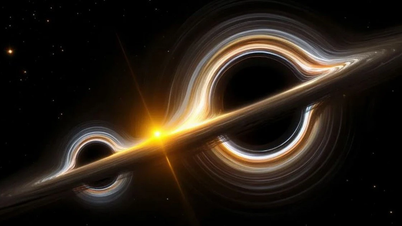

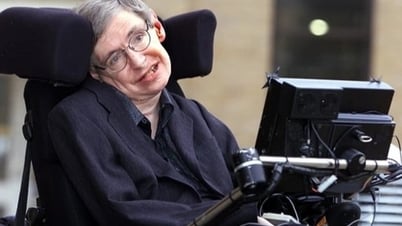




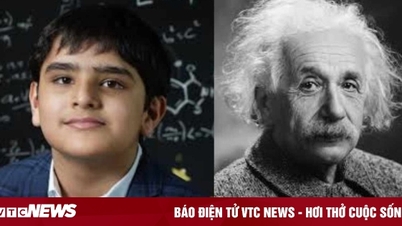















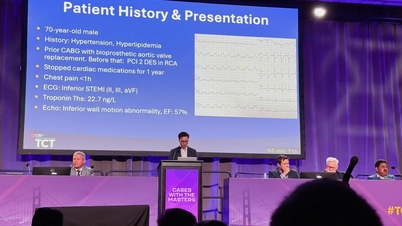


















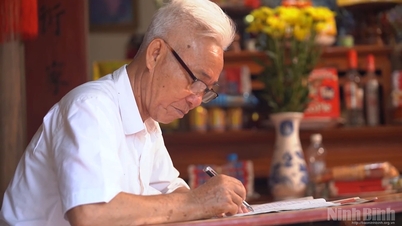




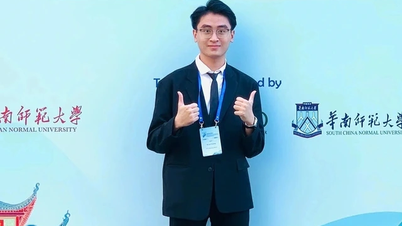





















































Comment (0)